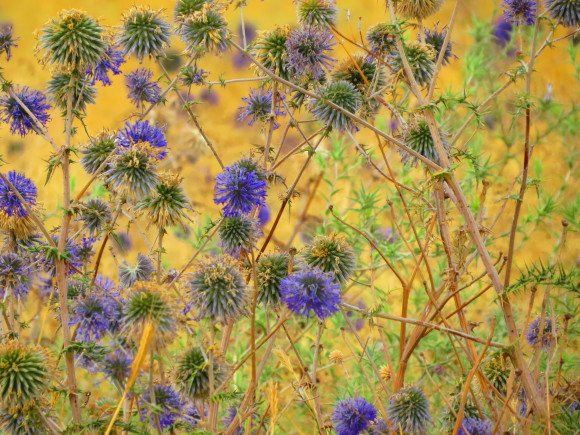Rain—sometimes it’s a good thing, sometimes, not so much. Last winter the northern portion of Israel received a lot of rain. For the people in the area, for the farmers, for anyone living here, that is probably a good thing. For those of us trying to excavate an archaeological site on the top of a hill that is a municipal park, not so much.
Total Archaeology at Tel Akko, a project of Penn State and Haifa University joined by other universities including University of Massachusetts Amherst, Trinity College, and the Claremont Colleges, excavates in a park that is used, from what I can tell, mostly for walking. There is a stone staircase of sorts to get up to the top and then a circular paved pathway that wanders around the tel and meets itself. Along the way there are benches with a tiny bit of shade. We often see people walking or jogging by and some people look as if they took the tel as a shortcut, although why anyone would choose to climb those steps if there was another way is beyond me.
The rest of the park, the part not a pathway, is left natural. Well, not quite. On street level and by the sides of the stairs there are plantings that are irrigated. So the park looks and smells really nice at street level, by the bus stop. But the rest is natural. This year that means weeds that are four to five feet high.

Usually, we arrive on Sunday, spend Monday in lectures and trying to get over jet lag and then Tuesday and Wednesday cleaning and clearing sandbags. This year, on Friday, we are still cleaning. It isn’t just weeds. These are some sort of thistle, a variety of globe thistle I think, that has a purple flower. It may look pretty, but it is prickly and uncomfortable to touch. So are the stems, which at this time of year are all dried up and also prickly. Throw in a little cactus here and there and some other arid country weeds and you have a field made for gloves and a strong back. The plant material is so brittle that it quickly fills wheelbarrows, even though it weighs almost nothing. It reminds me of tumbleweed in the Southwestern U.S., but according to my Google search, it is not one of the plants that makes tumbleweed. So the branches will never detatch and blow away. Too bad.
In many places the weeds grew up through the plastic sandbags, making it difficult to remove the bags and making the bags, which are made to eventually disintegrate in the sun, fall apart. Some of the bags were already just plastic on the bottom, weeds on top.
We can’t dig with the weeds in the excavation units. We can’t really dig without a clear perimeter to walk and to place buckets and equipment. So, a lot of area needed to become weed free. The only way to do that, once the weeds have grown, is to cut them and pull them. We are the only ones to do that.
